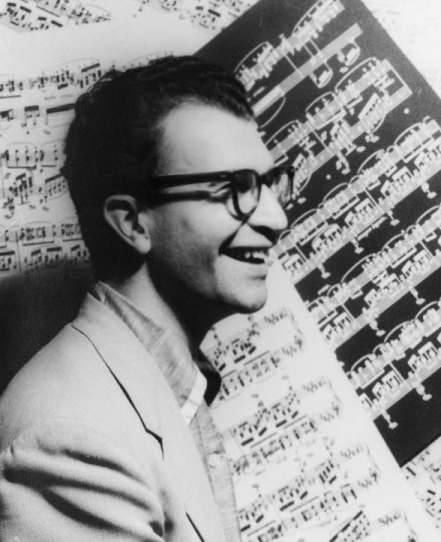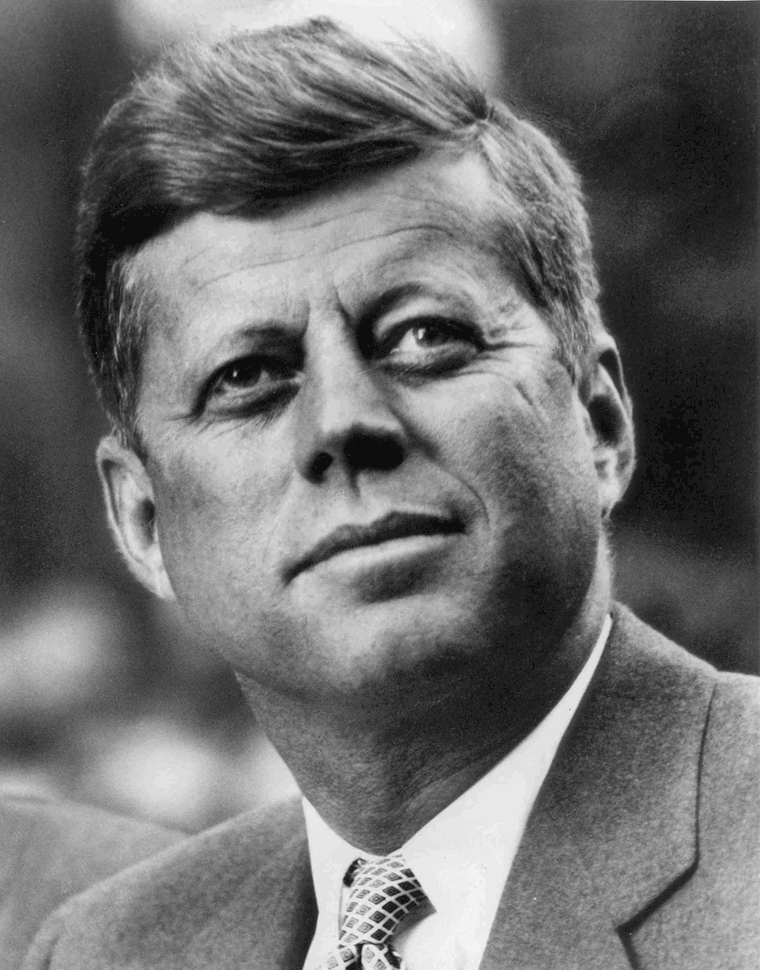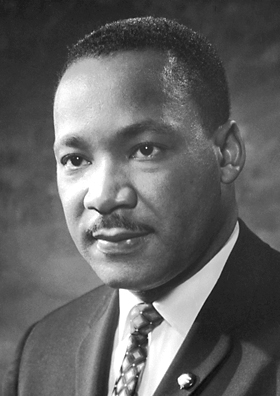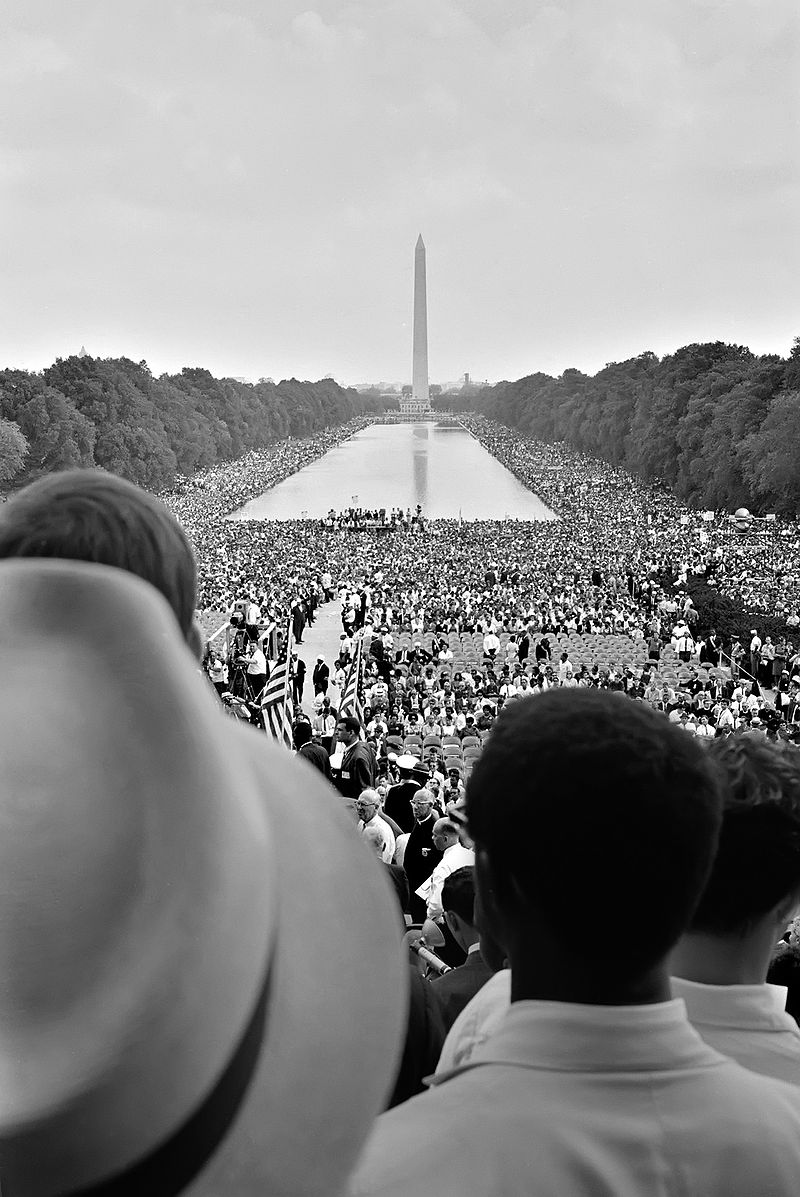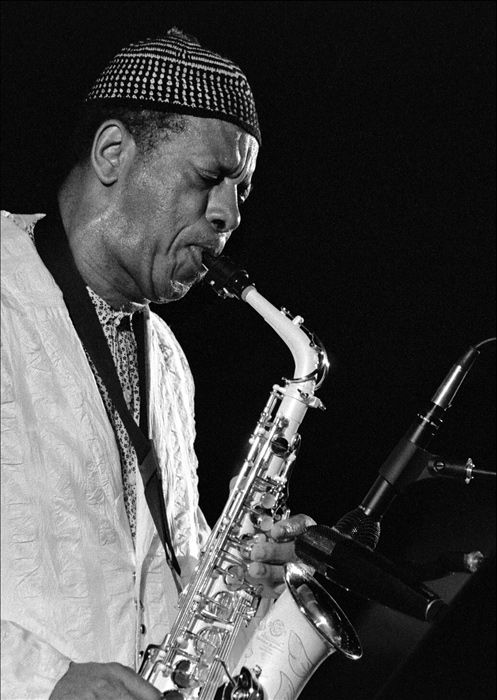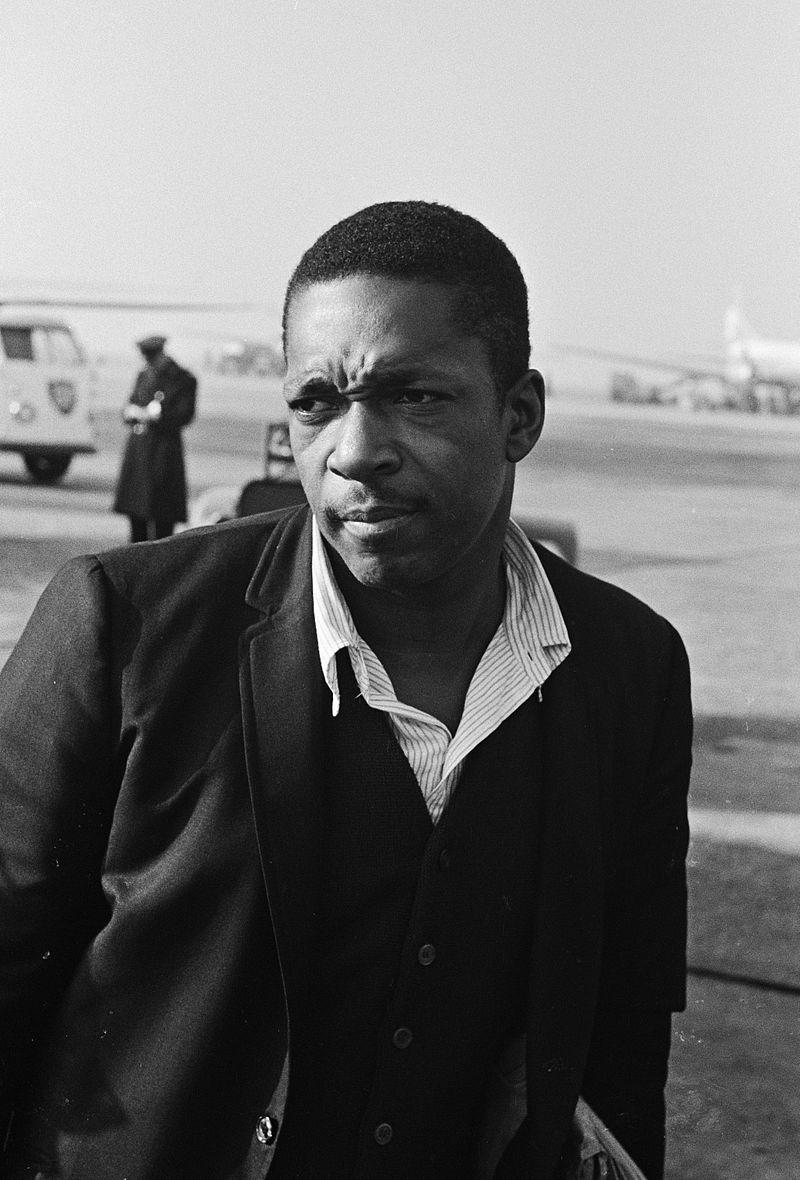
Further Explorations: Cool Jazz
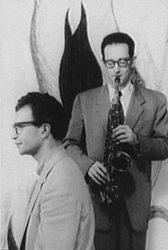
Paul Desmond and Dave Brubeck
The exploration of new harmonies wasn't the only area of interest to jazz musicians coming from bebop. Synthesizing classical music with jazz evolved into what Gunther Schuller dubbed "third stream." However, more enthusiasm was found in the new cool jazz. Largely developed on the West Coast by musicians like Dave Brubeck, Paul Desmond, Gerry Mulligan, Stan Getz and the Modern Jazz Quartet, cool jazz had commercial successes that often crossed into popular music.
Cool jazz appealed to the sophisticated college student since it relied on an expanded musical form, stylish counterpoint, and experiments with unusual musical meters with compositions lasting longer than much popular music of the time.
Dave Brubeck
One of the most widely successful cool jazz tunes is "Take Five", recorded by Dave Brubeck on his Time Out recording of 1959. "Take Five" is a jazz exploration of 5/4 meter-rare in most popular music, since it divides the meter into 3+2 beats per measure. Time Out also includes "Blue Rondo a la Turk" (a title that alludes to a piano piece by Mozart) that explores a time signature of 9/8 that divides into 2+2+2+3.
♫ ![]() Take Five
Take Five
Dave Brubeck
The Surprise Return of Louis Armstrong
In the early 1960s the United States was under the spell of The Beatles, the British Rock group that would ignite the "British Invasion." In 1964 Louis Armstrong's recording of "Hello Dolly" knocked the Beatles off their No. 1 spot of Billboard records. It earned Armstrong, who was 63 at the time, an American record-breaker as well being the oldest recording artist to have the No. 1 spot on Billboard.
More recently, Armstrong's recording of Thiele and Weiss's 1967 pop song "What a Wonderful World" has entered the American musical mainstream. Written specifically for Louis Armstrong to help address the racial conflicts of the 1960s, the song was then used in the 1987 movie Good Morning Vietnam. The recording has been featured in numerous other movies, like Michael Moore's Bowling for Columbine and Frank Darabot's The Shawshank Redemption. It has since been used in many American movies, television shows and commercials and remains one of Armstrong's most recognizable and popular recordings.
Freeing Jazz: Ornette Coleman and John Coltrane
Following the assassination of President John F. Kennedy in 1963, the United States entered a cataclysmic period of uncertainty. The Vietnam War, the Civil Rights movement and the assassinations of Dr. Martin Luther King, Jr. and Robert Kennedy all contributed to the social revolution that defined the 1960s. The generation that witnessed the dissolution of an established social order often escaped by "turning on, tuning in, and dropping out," and preferred the psychedelic sounds of rock and roll. Jazz musicians, the majority of whom were Black Americans, paralleled this social expression by freeing the structure of jazz from melody, harmony, meter and any other form of traditional standards. Free jazz, or anti-jazz as it is sometimes called, became one important expression of the Black Power movement and its innovative spiritual leader was Ornette Coleman.
Coleman's 1960 recording "Free Jazz" featured a 40 minute collaborative improvisation for two separate quartets. On playback, one quartet was featured on the left speaker while the other was on the right. Coleman had his dissenting critics but during the 1960s critics and musicians all agreed that John Coltrane was the single most significant jazz musician of the time.
John Coltrane, born in 1926, had spent much of the 1950s playing with Miles Davis, Dizzy Gillespie and others. He had recorded a tenor sax solo on Davis' seminal "So What" recording and by the early 1960s, after beating a serious drug and alcohol addition problem, Coltrane worked with pianist Thelonius Monk. It was during this time that Coltrane started to rethink the inner workings of jazz.
Coltrane now created improvisations that were "sheets of sound" - a term that represented Coltrane's dense improvisations that included rapid arpeggios and fast running scales. The "sheets of sound" is heard on the monumental 1960 recording Giant Steps Coltrane made for Atlantic Records. Quickly following was My Favorite Things, another tremendously successful recording showing Coltrane's ability in playing the soprano saxophone.
Coltrane continued to make strides in his own development recording now with pianist McCoy Tyner, and drummer Elvin Jones - each a virtuoso in their own right. A Love Supreme, released in 1965, is Coltrane's musical statement of the mysticism he was now exploring. Around this time Coltrane began experimenting with LSD, and like his counterpart Jimi Hendrix, used it to "deepen" his spiritual awareness; but it often made his music incomprehensible to the listening audience. Within two years, Coltrane would die from cirrhosis of the liver caused by years of substance abuse. He was 40 years old.
With Coltrane gone, the new jazz seemed to wallow and with rock and roll in the ears of the young generation, jazz seemed poised for a painful demise.





"Blues developed in the southern United States after the American Civil War (1861-65) and was largely played by Southern black men, most of whom came from the milieu of agricultural workers."





